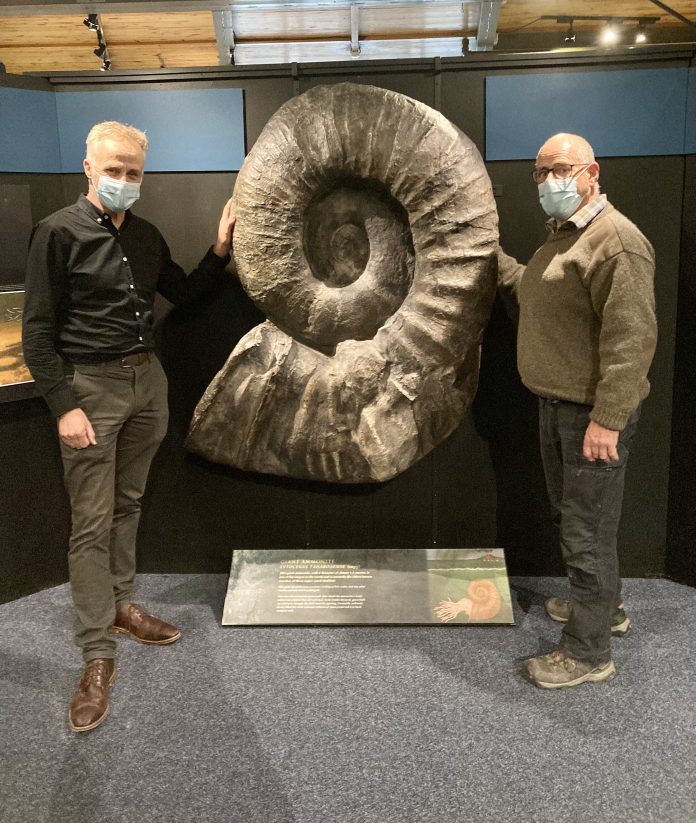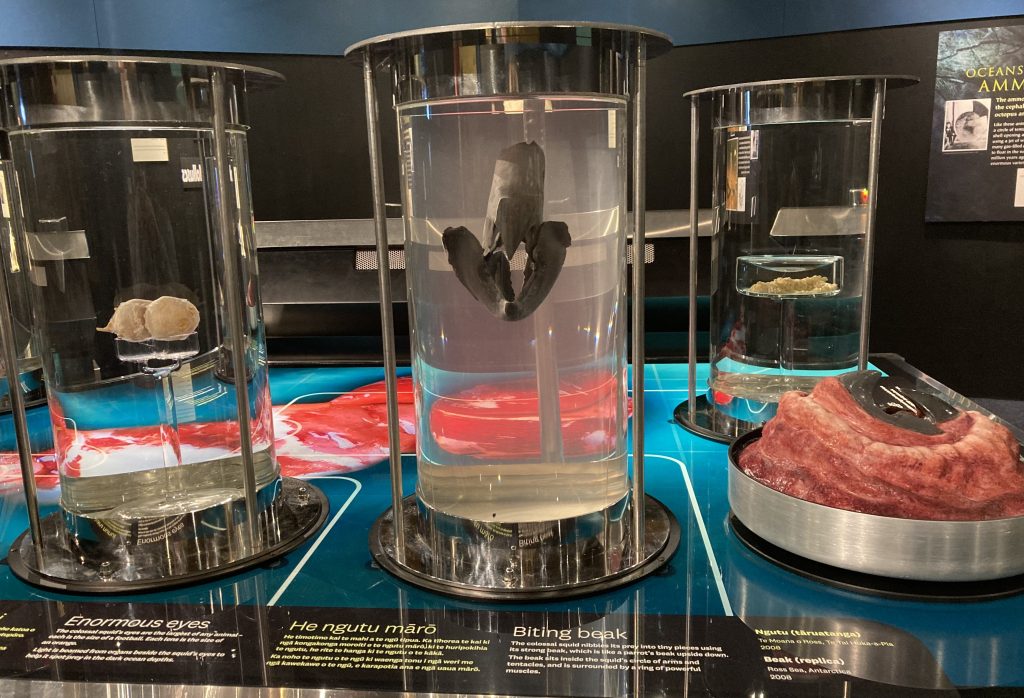
The colossal squid travelling display has arrived at the South Canterbury Museum.
The display by the Museum of New Zealand Te Papa Tongarewa consists of parts of the squid, which was caught by a Timaru fishing vessel in the Antarctic in 2007.
Museum director Philip Howe said it was not often it could host travelling displays, as they were often too large.
‘‘This one was smaller than the space we had so we thought we’d pad it out with some more stuff so people could learn about molluscs as well as the squid.’’
The interactive model includes squid eggs, the squid’s eyeball, tentacle, a baby squid and a replica of the squid’s beak.

Not only can the public learn about the squid’s dissection and capture but they can also see a replica giant ammonite.
‘‘We were able to get our hands on something quite special. We have a replica of New Zealand’s largest ammonite.’’
The replica is made of fiberglass.
The ammonite would have existed about the same time as dinosaurs.
Mr Howe said many people did not know that the squid was a part of the same group as the snails they found in their gardens.
‘‘Our hope is that people will come in and look at the squid display but they’ll learn more about molluscs in general.’’
Mr Howe said while the museum made a lot of its own displays, it was great to be a facility where people could come in and see exhibitions that had come from elsewhere.
‘‘We can show a wider display of topics, and how incredible it is that something like this is still out there, and getting people to think about how our world is still an incredible place, with things we don’t know about.’’
Mr Howe said he hoped that when the museum moved to its new location it would be able to host larger exhibitions.
The squid exhibit will be on display until November 20.




